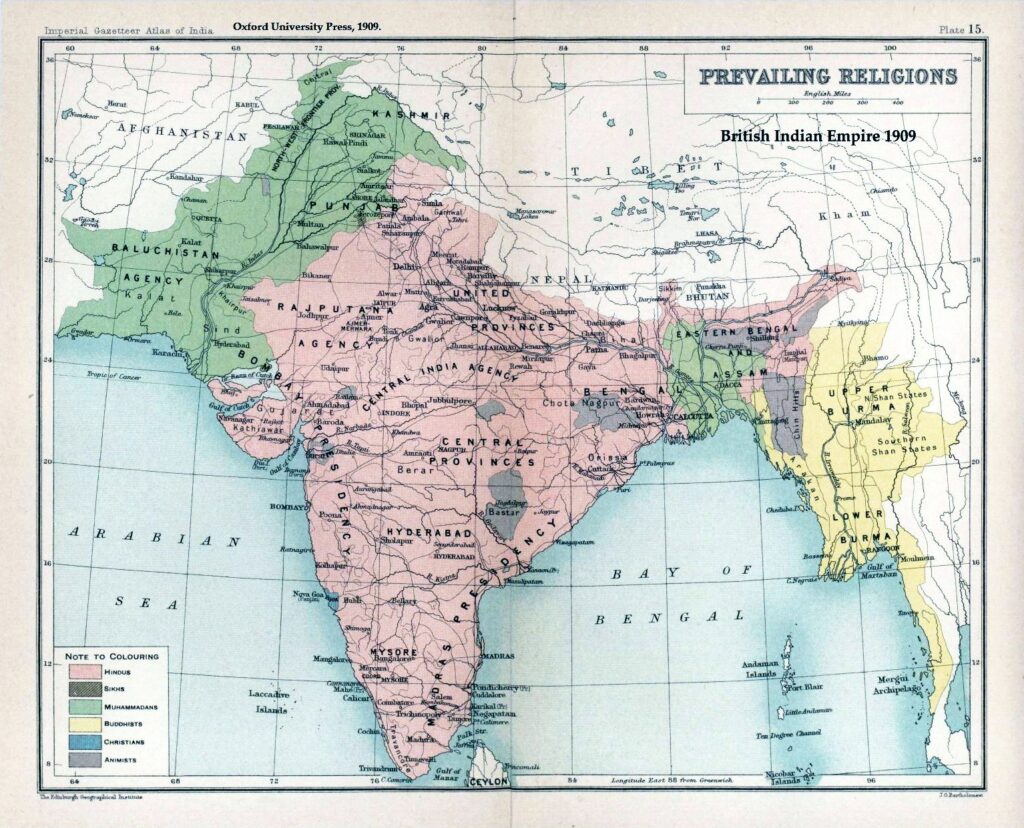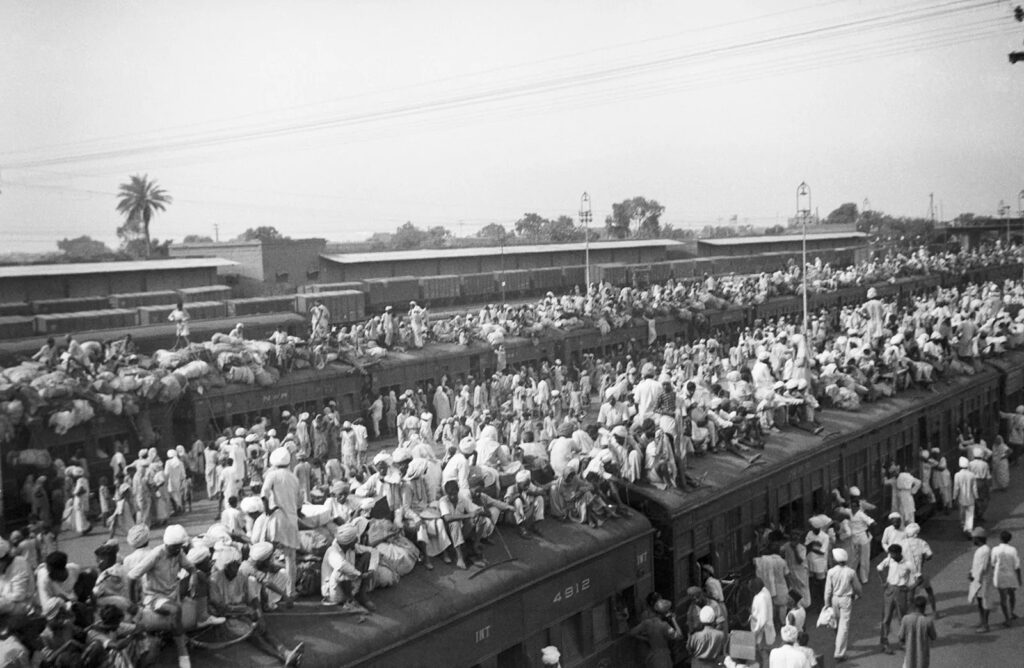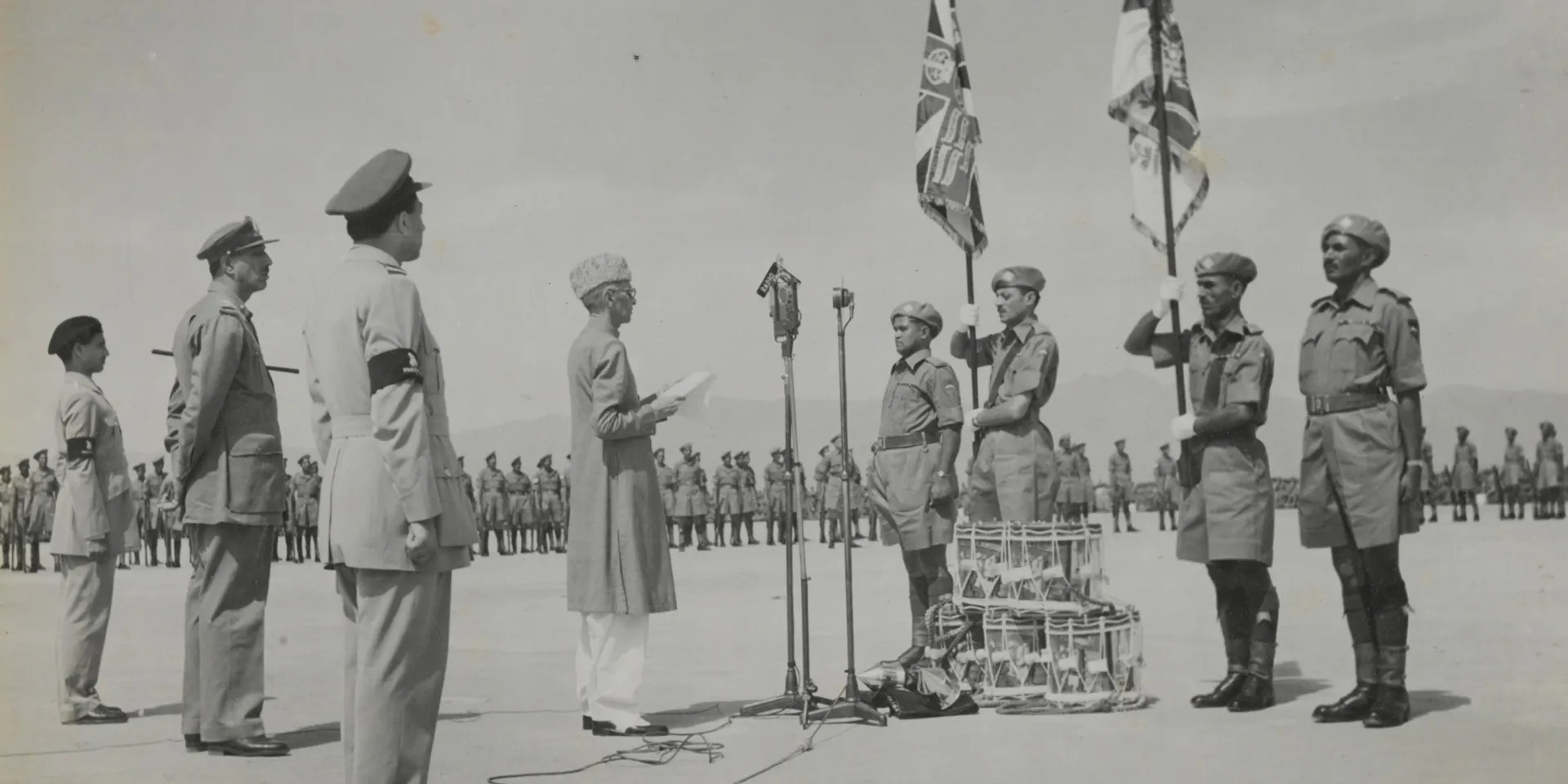Introduction
India achieved independence from British rule in August 1947 through the Indian Independence Act, 1947, which created two dominions—India and Pakistan—implementing the 3 June (Mountbatten) Plan and ending the British Raj at midnight of 14–15 August 1947. The settlement simultaneously partitioned provinces, divided institutions and assets, and unleashed one of history’s largest and most violent mass migrations.

Background: From the Mountbatten Plan to the Act
- Mountbatten Plan (3 June 1947): Proposed partition into two dominions, votes on splitting Bengal and Punjab, referendums in NWFP and Sylhet, boundary commissions to demarcate new borders, and independence on a fixed date (set to 15 August 1947).
- Legislative pathway: The Indian Independence Act was passed by the UK Parliament and received Royal Assent on 18 July 1947, operationalizing the 3 June framework and setting 15 August 1947 as the date for the two dominions to come into being.
Indian Independence Act, 1947: Key Provisions
- Creation of two dominions: India and Pakistan effective 15 August 1947.
- Partition of Bengal and Punjab, and division of joint institutions, armed forces, and assets between the dominions.
- Governor-General in each dominion as Crown’s representative pending full constitutional settlements.
- Constituent Assemblies of India and Pakistan granted plenary legislative authority to frame their constitutions.
- Termination of British suzerainty over princely states from 15 August, with states to accede to either dominion based on contiguity and people’s wishes.
Partition Mechanics and Decisions
- Provincial decisions: Punjab and Bengal legislative assemblies voted on partition; where supported, boundary commissions under Sir Cyril Radcliffe were established to draw lines, particularly in Punjab and Bengal.
- Referendums: NWFP and Sylhet (in Assam) held referendums determining accession, as stipulated in the 3 June Plan.
- Sindh and others: Sindh’s assembly determined its course; the plan envisaged separate constituent assemblies for India and Pakistan.
Timelines and Independence Days
- Royal Assent: 18 July 1947 to the Indian Independence Act.
- Legal coming into being: The two dominions of India and Pakistan came into existence at midnight of 14–15 August 1947.
- Independence dates observed: Pakistan marked independence around 14 August 1947, and India on 15 August 1947, pursuant to the Act’s commencement and transfer schedules.
Human Consequences and Migration
- Displacement: Between 12 and 20 million people moved across new borders in one of the largest mass migrations in history.
- Violence: Communal killings and atrocities accompanied the transfer; estimates of fatalities range from several hundred thousand to up to two million, with trains of refugees attacked and entire localities convulsed by violence.
Administration, Assets, and Security
- Division of state apparatus: The British Indian Army, Royal Indian Navy, civil services, railways, and treasury were apportioned between the dominions under arrangements linked to the Act and subsequent executive decisions.
- Boundary disclosure: Radcliffe’s awards determined frontiers in Punjab and Bengal; the haste—five weeks for boundary drawing—has been criticized for contributing to chaos and insecurity during migration.
Political Logic and Rationale
- British intent: The UK sought a swift, orderly withdrawal amid postwar constraints, preferring unity but accepting partition as per the 3 June Plan when agreement on a united federation proved impossible.
- Dominion model: Both India and Pakistan were created as dominions with full autonomy and sovereignty, empowered to draft their own constitutions and exercise constituent authority.
Key Figures and Institutions
- Lord Louis Mountbatten: Last Viceroy, architect and announcer of the 3 June Plan, oversaw the accelerated transfer of power and partition arrangements.
- Constituent Assemblies: India’s and Pakistan’s assemblies became sovereign legislatures and constitution-makers from 15 August 1947 under the Act.
- Sir Cyril Radcliffe: Chaired the boundary commissions for Punjab and Bengal to demarcate new borders under intense time pressure.
Why It Mattered
- Constitutional watershed: The Act ended Crown rule and vested sovereignty in two new states on a fixed date, replacing the Raj with dominion governments and constituent authority.
- Geopolitical reordering: Partition created India and Pakistan, reshaped South Asia’s political map, and left enduring bilateral tensions rooted in violent displacement and contested boundaries.
- Institutional transformation: Immediate division of the military, services, and assets set the foundations of two successor states while testing their administrative capacity during a humanitarian emergency.
Key Dates and Facts
- 3 June 1947: Mountbatten Plan announced—partition accepted in principle; boundary commissions, provincial votes, and referendums outlined.
- 18 July 1947: Indian Independence Act receives Royal Assent.
- Midnight 14–15 August 1947: Legal birth of the dominions; independence observed (Pakistan around 14 August, India on 15 August).
- 1947 migration and violence: 12–20 million displaced; fatalities estimated from several hundred thousand up to two million.

Interesting Facts
- The Act abolished use of the title “Emperor of India” by the British monarch; this was later effected by proclamation in 1948.
- The boundary commissions had roughly five weeks to draw borders for tens of millions, a compression widely faulted for exacerbating the humanitarian crisis.
- The Cabinet Mission’s failed unity blueprint in 1946 gave way to the June 1947 partition plan, culminating in the Act’s rapid enactment and transfer within a month of Royal Assent.
Conclusion
Independence in August 1947 simultaneously liberated and divided the subcontinent: the 3 June (Mountbatten) Plan, enacted through the Indian Independence Act, created India and Pakistan with full sovereign authority while partitioning provinces, institutions, and people at unprecedented speed. The legal clarity and fixed timetable that ended the Raj also coincided with a vast, violent migration and long-lived geopolitical fault lines that continue to shape South Asia.




